A small sphere was discovered
in a South Africa mine near Ottosdal. Known as the Klerksdorf sphere,
it measures about two inches in diameter and could help re-write ancient
history of life on Earth. Objects like this one have been found deep
in mines which may prove that life on Earth dates back much further
into the past than than we think. These people may have possessed advanced
technology to explore space. If there was no advanced ancient technology,
perhaps Iapetus passed by Earth or was in orbit for some time, and its
presence inspired ancient artisans to create small replicas of it.
This small object has been dated to 3.8 billion years old using the
rock strata it was found in:
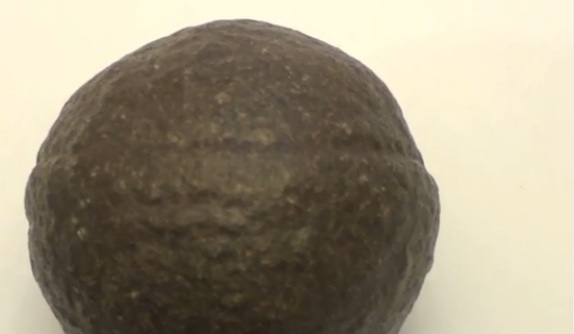
Fig. 1 - Overview image of sphere. (Highlighted details later) Around
the equator of the sphere we see two grooved lines. These grooves are
unique feature #1.
What makes this ancient object interesting is the resemblance to a distant
moon of Saturn known as Iapetus. Before we look at the sphere in more
detail let us first take a look at Iapetus which orbits Saturn. Looking
like a death star in a star wars movie, Iapetus features a large polygon
shaped depression on it.

Fig. 2 - Iapetus moon. Black arrow points to a 12 mile high set of parallel
ridges which appear to completely circle the moon. [1]
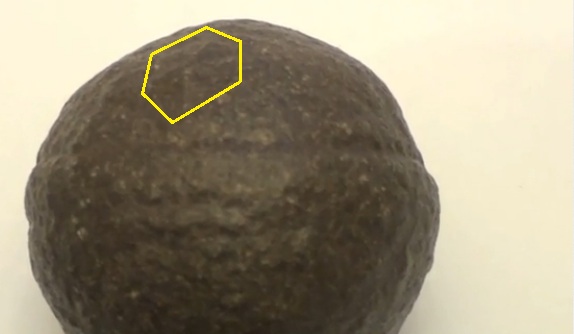
Fig. 3 - One of the polygon shapes outlined here is similar to the Iapetus
ridge seen in Fig. 1. This is feature #2.

Fig. 4 - Parallel grooves around the sphere are clearly visible. Faint
outline of another polygon is visible here.
These are not the author's fingers, but belong to the
person who created the video from which this image was taken.
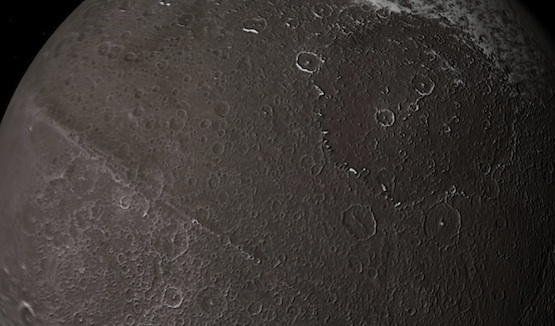
Fig. 5 - 12 mile high ridge around Iapetus and giant polygon shaped
depression [3].
Note the similarities of the large depression to the one seen in Fig.
3. Are all these features merely a coincidence? What are the odds of
this happening?
Why don't other moons in our solar system have these ridges?
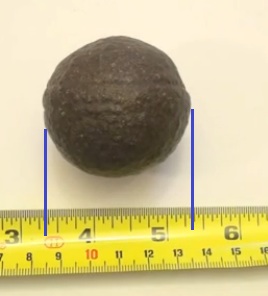
Fig. 6 - Measured size of Klerksdorf sphere (about 2 inches)
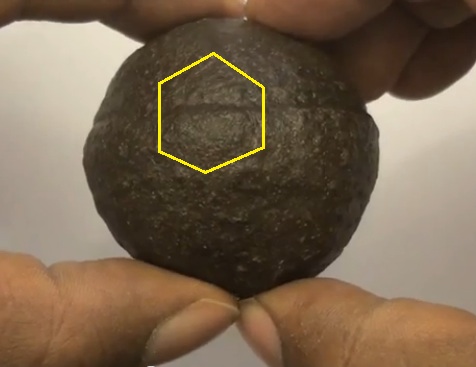
Fig. 7 - Another polygon shape on the sphere crossing the equatorial
groove. Iapetus may have one of these not captured by the spacecraft's
camera.
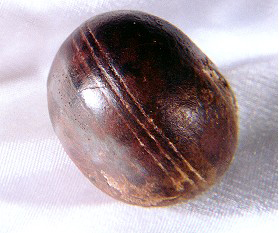
Fig. 8 - Another Klerksdorf sphere found in a mine.[4]
Incredibly, geologists claim these spheres are formed naturally [4].
If this was the case, why haven't billions of these spheres already
been found and put on display around the world as naturally-formed oddites?
It seems unlikely natural formation can create three perfectly formed,
perfectly spaced parallel ridges of the same width and depth which circumventing
the sphere.
While these spheres may not be a perfect match for the moon Iapetus,
they do bear striking similarities. Perhaps the ridges on Iapetus have
changed shape over the past 3.8 billion years, and at one time the equatorial
bulge may have looked more like these spheres. To solve this by joining
radically different scientists together from disciplines like archeology,
geology and astronomy is no easy task.
Eons ago artisans may have captured what Iapetus looked like in ancient
history. We do know all moons and planets in our solar system have been
bombarded over time by asteroid impacts. It is now thought some celestial
bodies in our solar system may possess plate tectonics similar to those
on the Earth. Time, asteroids and other forces could completely change
the appearance of a planet or moon over billions of years.
Perhaps these objects really are as old as they seem to be. For these
spheres to be buried so deep in the ground would require a massive upheaval
of the Earth's crust, perhaps extinguishing all life with it.
Ted Twietmeyer
tedtw@frontiernet.net
Sources:
[1] http://www.rense.com/general80/moons.htm
[2] http://www.youtube.com/watch?v=tgTlWiqrPGE&feature=related
[3] http://www.livingmoon.com
[4] http://en.wikipedia.org/wiki/Klerksdorp_sphere
|
![]()







